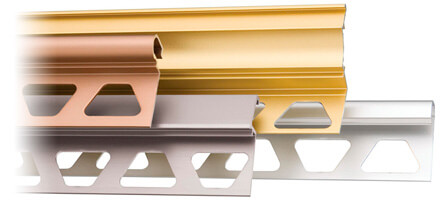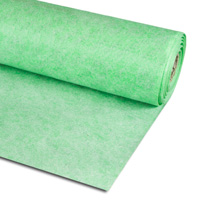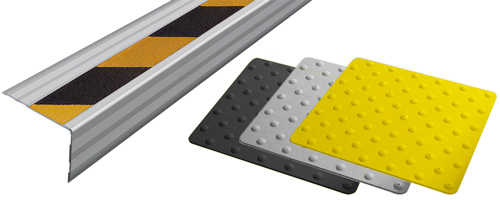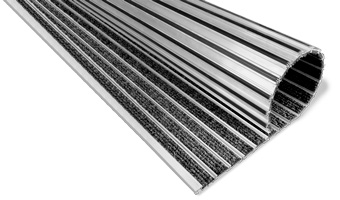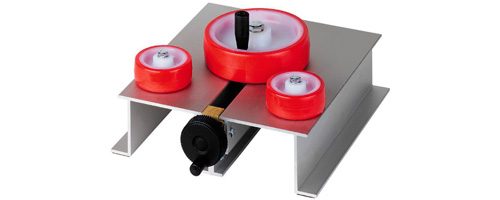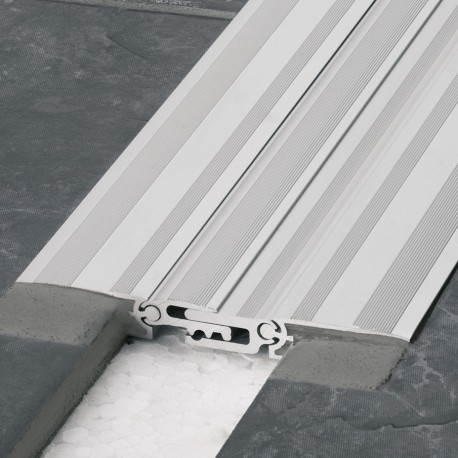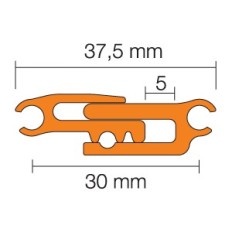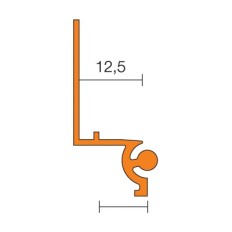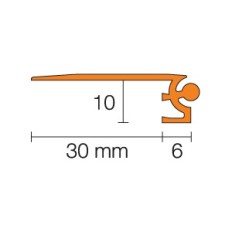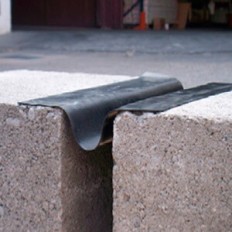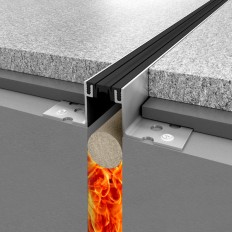Maintenance-free aluminum structural expansion joint. The profile is designed in such a way that the lateral fixing wings can be anchored in the cement layer underneath the tile or natural stone covering, or if another type of covering material is used, such as carpet or synthetic floors, it can be integrated into the floor layer. In this way the profile can follow the movements of the cladding structure. The existence of a movable central coupling piece makes possible the absorption of movements of ± 5 mm. The articulated lateral shapes allow a three-dimensional absorption of movement.
The Schlüter DILEX-BTO structural joint provides effective protection to the edges of floors that support heavy pedestrian or truck traffic and other industrial vehicles. For all these reasons, they are ideal for, for example, being used in warehouses or production halls, shopping centers, airports, railway stations, underground parking lots or for floors that are cleaned with machines.
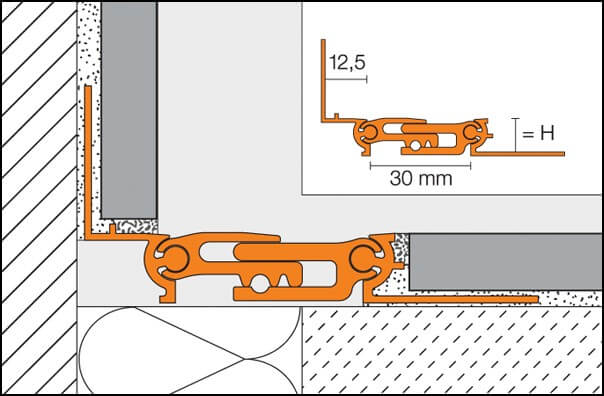
Material
The profile is supplied in the following finishes:
- A = Aluminum
- AE = Alu. natural matt anodized
Material properties and application areas:
The suitability of the planned profile model should be analyzed in certain cases, depending on the chemical, mechanical, etc. requirements. that you have to deal with.
Installation
- DILEX-BTS can be inserted into existing joint spaces. The joints must be at least 44 mm wide and 10 mm deep. The lateral anchoring legs are adhered to the existing covering with a suitable adhesive (e.g. epoxy resin), or the anchoring legs are drilled and screwed to the covering. Depending on the attachment or anchoring, Schlüter DILEX-BTS has limited mechanical load capacities. Flush installation is recommended for areas with heavy traffic loads.
Indications
The DILEX-BTS structural joint profile does not require any special maintenance. The oxide layer on the aluminum can be removed by standard polishing products, although it will re-form over time. Deteriorations of the anodized layers can only be removed by repainting.

